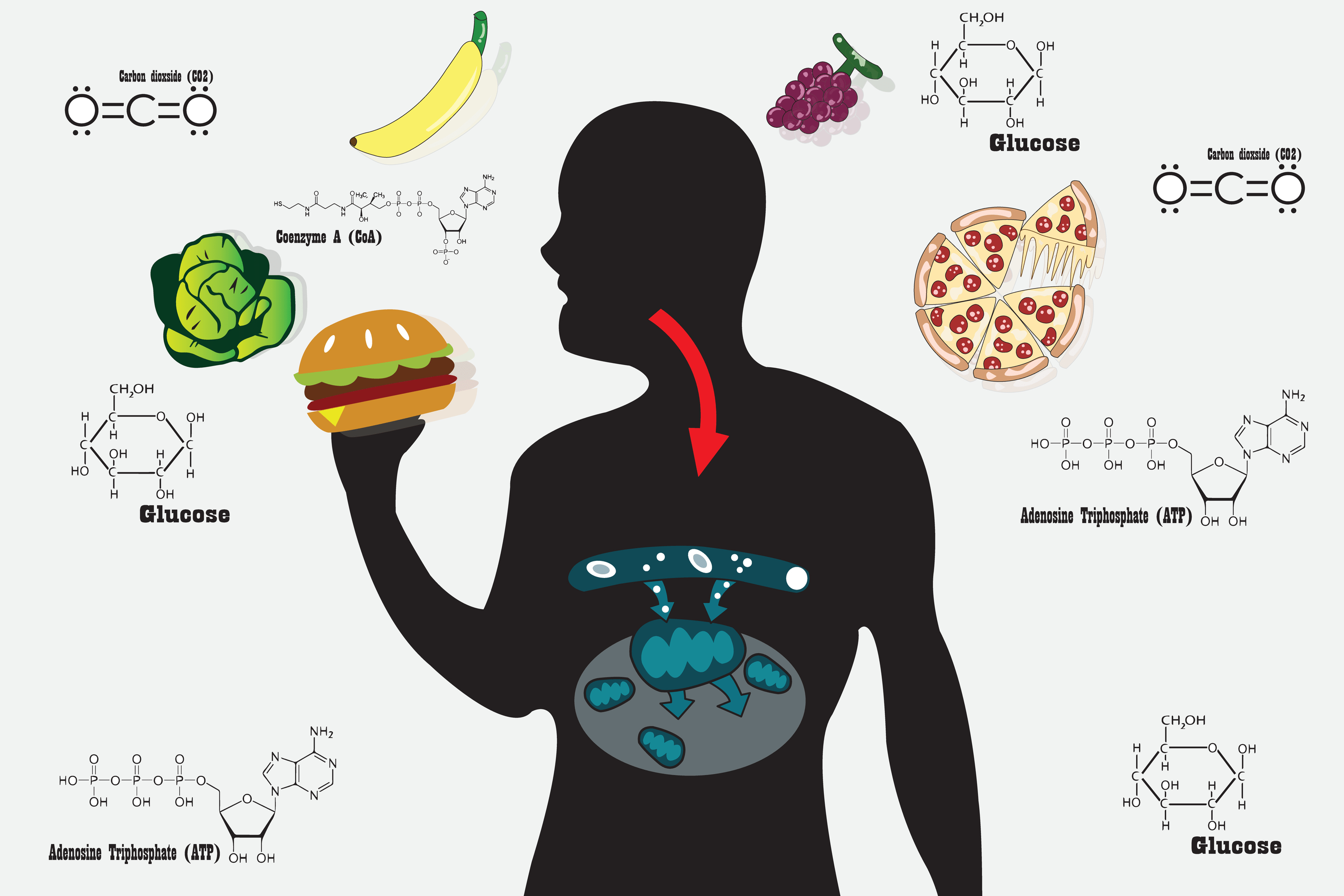
Mitochondrial Distress Management in Scottsdale
Call Our Scottsdale Integrative Medical Center Today
What do mitochondria and chronic fatigue have in common?
In Oriental Medicine, medicine revolves around a discussion energy ( Q) and Blood (the physical form of energy) – Without Qi, there is major imbalance – in fact, there is no life. Without Blood to distribute the Qi, there is no energy – like chronic fatigue. We get up out of bed, go as far as the bathroom and have to take a nap to recover.
Depletion, exhaustion, empty tank, running on empty. Burn-out.
When your gas tank runs dry, it’s easy enough to fill it up with gas. But how about when the fuel lines run dry? Then it’s not so easy, sometimes they have to be primed, so that they can carry gas to the engine.

Our mitochondrial supply line is not so different.
You run a 5K race, your legs are sore the next day, but the day after, they are working again, and you can walk normally.
For someone with depleted mitochondria, it may not work that way. They might be down for three days after a trip to the grocery store.
Someone who has been bed-ridden, for example, may have enough mitochondrial energy to walk for a minute, but then experience severe muscle pain and exhaustion for the next two days.
Is it simple “de-conditioning”? Not necessarily – their mitochondria may be so overloaded with cellular “trash” – also know as “Oxygen free radicals” that they have great difficulty recovering from even a little bit of extra stress.
What are mitochondria? They are tiny little organelles within each one of our body cells, that produce energy so that the cell can survive and function.
They exist within every single cell of our bodies.
No wonder that mitochondrial dysfunction can affect so many different organ systems, and can cause such a huge variety of diagnosed illness[i] – from brain fog to diabetes to heart disease, neuropathy, immune system dysfunction, pain, digestive distress, skin problems – psoriasis, itching, hives – without our mitochondria, we do not survive infancy to reach adulthood.
PKU – phenylketonuria is a mitochondrial disease, treatable in infancy, but fatal without treatment. And the treatment is dietary. Avoid the amino acid phenylalanine, and the problem is solved, the child grows up with brain and body relatively intact, and dies later of some other cause.[ii] PKU is due to mutations on one of our chromosomes – over 500 possible mutations.
Dietary restriction – eliminate everything that contains phenylalanine – because there is no enzyme to transport pyruvate, an essential component of the energy molecule ATP. The end result is increased cellular trash which smothers the mitochondria, in habiting their ability to produce energy. Take away the cellular trash, problem solved! If only it were that easy. First, we have to take away the fuel.
Here is how it works on a molecular basis:
“Phenylpyruvate inhibits glucose-6-phosphate dehydrogenase that generates reduced niacinamide adenine dinucleotide phosphate the obligatory cofactor of glutathione reductase. Pahenu2 brain tissue metabolomics identified increased oxidized glutathione and glutathione disulfide. Over-represented glutathione disulfide argues for reduced glutathione reductase activity secondary to reduced NADPH. Herein, we review evidence of energy and oxidative stress involvement in PKU pathology.”
Fortunately breast milk is low in phenylalanine, as are most vegetables and fruit – and so infants can survive into childhood, although not so much their brain function.
One might think that PKU would be a mother’s dream for dietary modification – vegetables, carbohydrates, no meats or beans – but what is a kid’s like without hot dogs and peanut butter? Difficult to attend birthday parties.
[i] Wood, E., Hall, K.H. and Tate, W., 2021. Role of mitochondria, oxidative stress and the response to antioxidants in myalgic encephalomyelitis/chronic fatigue syndrome: a possible approach to SARS-CoV-2 ‘long-haulers’?. Chronic diseases and translational medicine, 7(01), pp.14-26.
[ii] Ford, S., O'Driscoll, M. and MacDonald, A., 2018- severe protein. Living with Pehnylketonuria. Molecular genetics and metabolism reports, 17, pp.57-63.

Our Patients Say It Best
-
“I had a second chance in life after meeting Dr. Grout.” J.B.
-
“Dr. Grout is compassionate, empathetic, responsive, and the best doctor I have had the privilege to care for me.” Anita, PhD, RN, NP
-
“If you are ever wondering about the state of your health and wanting answers to why you are having the problems you are having, then seeing an Integrative Health specialist is essential.” Anita